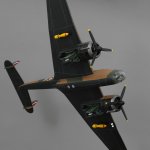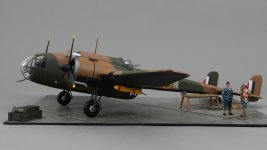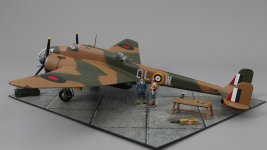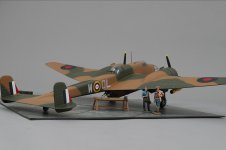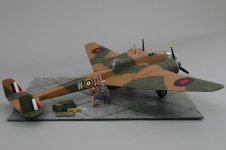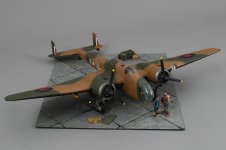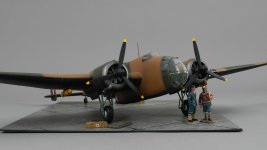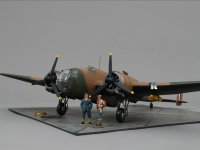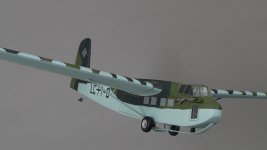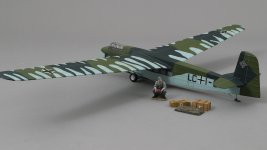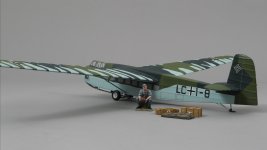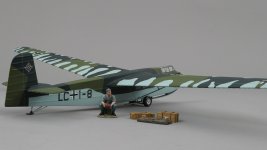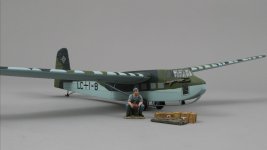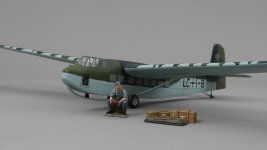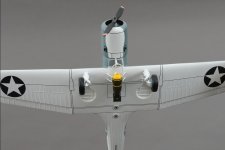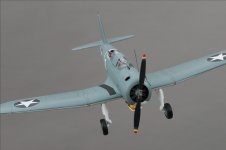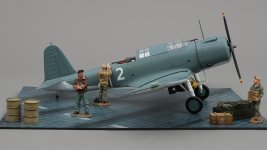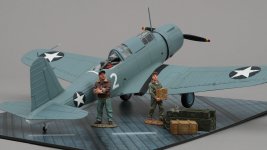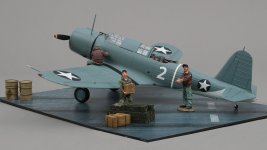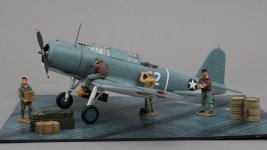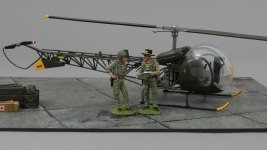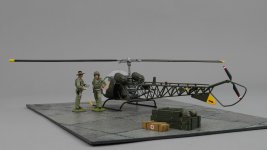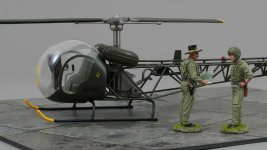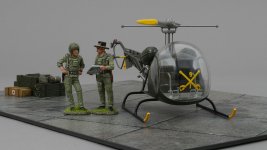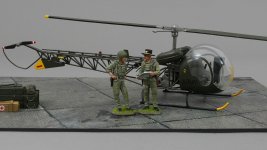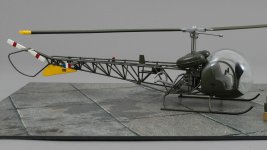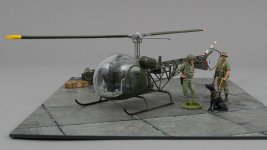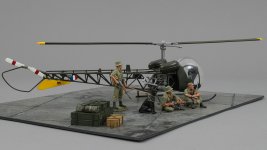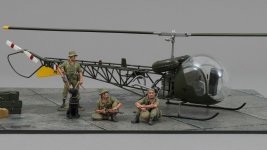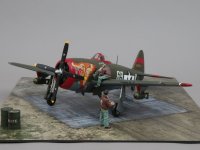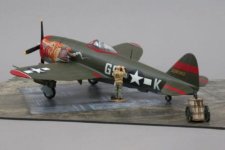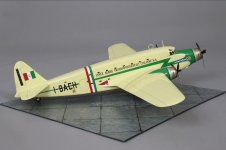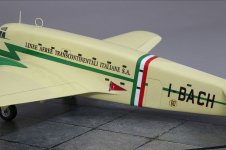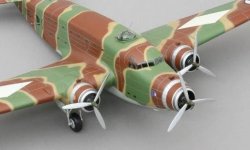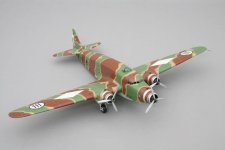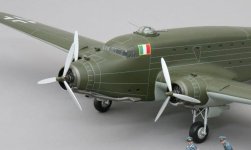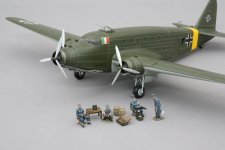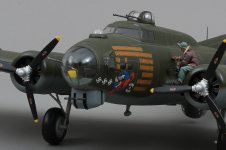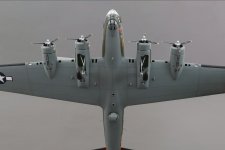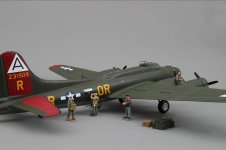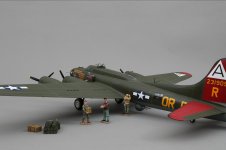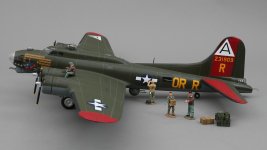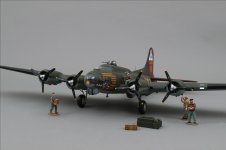WOW465 B17G Nine 0 Nine
The Boeing B-17 Flying Fortress was a four-engined heavy bomber developed in the 1930s for the United States Army Air Corps (USAAC). Competing against Douglas and Martin for a contract to build 200 bombers, the Boeing entry (prototype Model 299/XB-17) outperformed both competitors and exceeded the air corps’ performance specifications. Although Boeing lost the contract (to the Douglas B-18 Bolo) because the prototype crashed, the air corps ordered 13 more B-17s for further evaluation. From its introduction in 1938, the B-17 Flying Fortress evolved through numerous design advances, becoming the third-most produced bomber of all time, behind the four-engined B-24 and the multirole, twin-engined Junkers Ju 88.
The original aircraft, from a group of 30 B-17Gs manufactured by Boeing, was nicknamed after the last three digits of her serial number: 42-31909. Nine-O-Nine was added to the USAAF inventory on December 15, 1943, and flown overseas on February 5, 1944. After depot modifications, she was delivered to the 91st BG in the UK on February 24, 1944, as a replacement aircraft, she was one of the last B-17s received in factory-applied camouflage paint.
Her first bombing raid was on Augsburg Germany, on February 25, 1944. She made 18 bombing raids on Berlin. In all she flew 1,129 hours and dropped 562,000lb (225 tonnes) of bombs. She had 21 engine changes, four wing panel changes, 15 main gas tank changes, and 18 changes of Tokyo tanks (long-range fuel tanks).
Nine-O-Nine returned to the United States after the war in Europe finished, on June 8, 1945 and was eventually scrapped.
Our latest and more than likely last hand carved Mahogany 1/32 scale model 'Nine O Nine' is a limited edition of 2 pieces worldwide and is priced at $1675 plus postage.
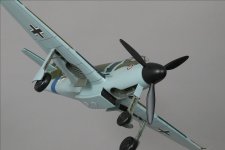 unnamed(11).jpg432 KB · Views: 3
unnamed(11).jpg432 KB · Views: 3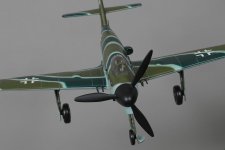 unnamed(10).jpg387.6 KB · Views: 3
unnamed(10).jpg387.6 KB · Views: 3 unnamed(9).jpg494.8 KB · Views: 3
unnamed(9).jpg494.8 KB · Views: 3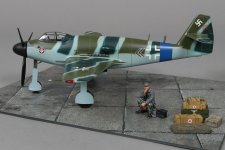 unnamed(8).jpg862.9 KB · Views: 3
unnamed(8).jpg862.9 KB · Views: 3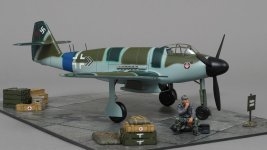 unnamed(7).jpg605.9 KB · Views: 4
unnamed(7).jpg605.9 KB · Views: 4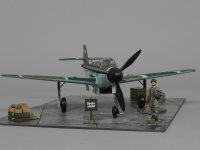 unnamed(6).jpg624.8 KB · Views: 3
unnamed(6).jpg624.8 KB · Views: 3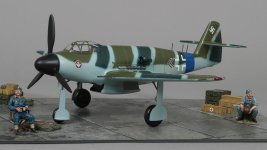 unnamed(5).jpg648.9 KB · Views: 2
unnamed(5).jpg648.9 KB · Views: 2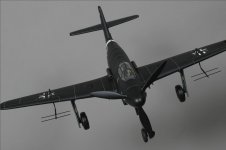 unnamed(4).jpg433.8 KB · Views: 1
unnamed(4).jpg433.8 KB · Views: 1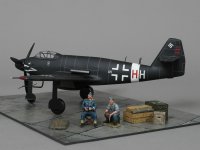 unnamed(3).jpg709.9 KB · Views: 2
unnamed(3).jpg709.9 KB · Views: 2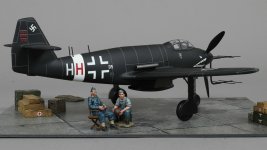 unnamed(2).jpg623.9 KB · Views: 3
unnamed(2).jpg623.9 KB · Views: 3

